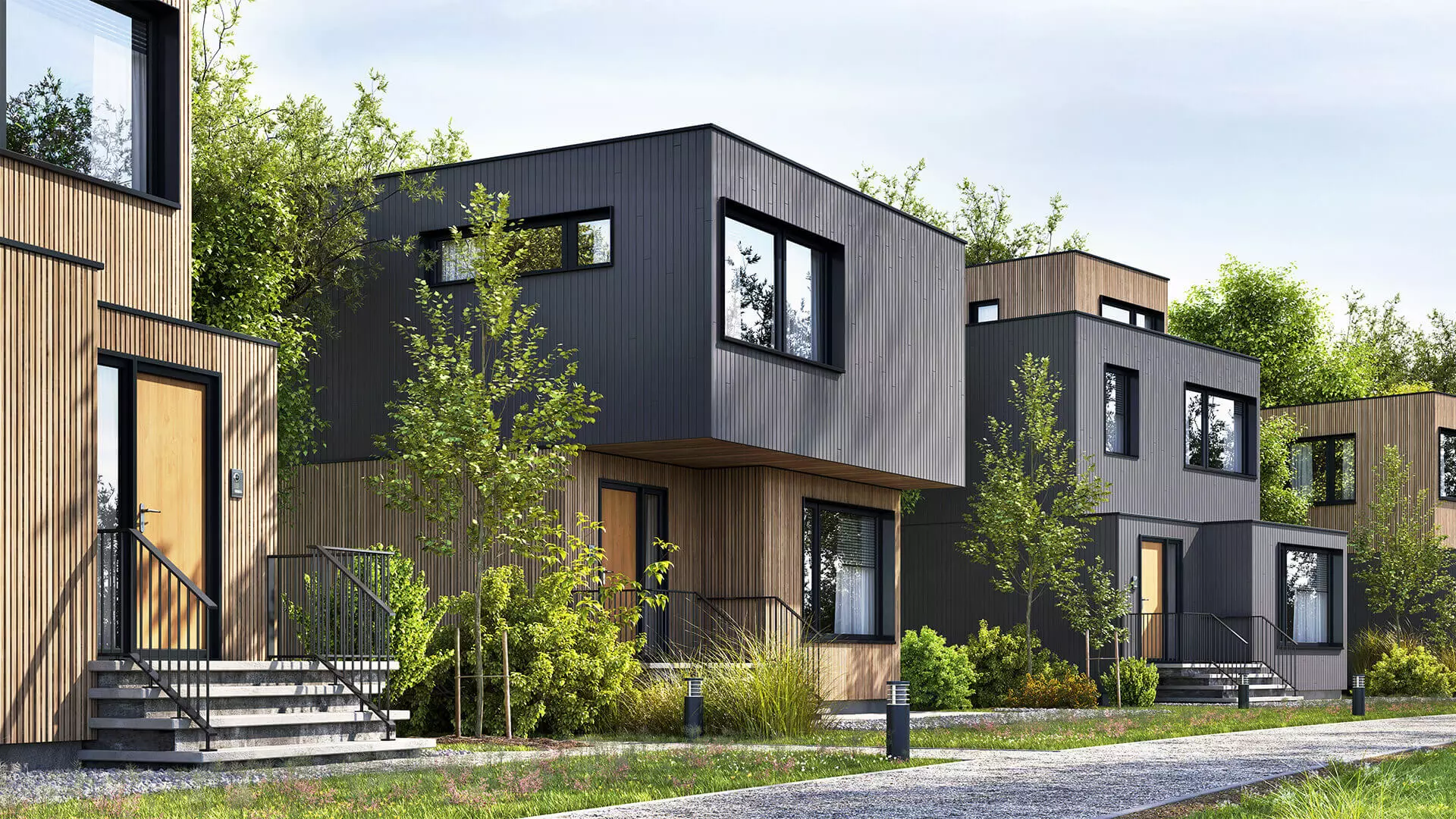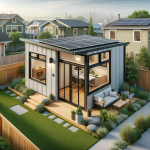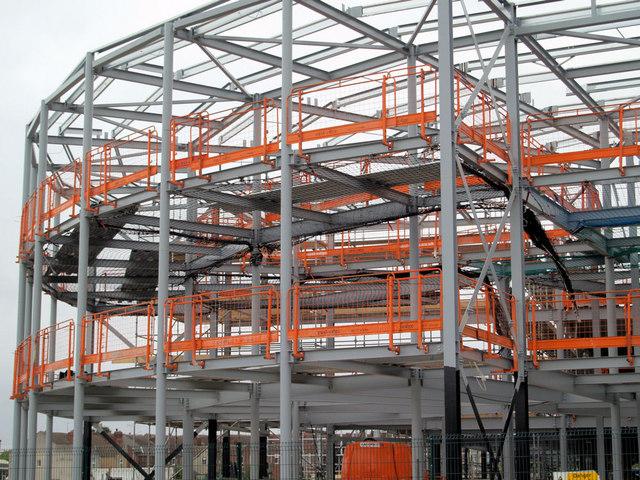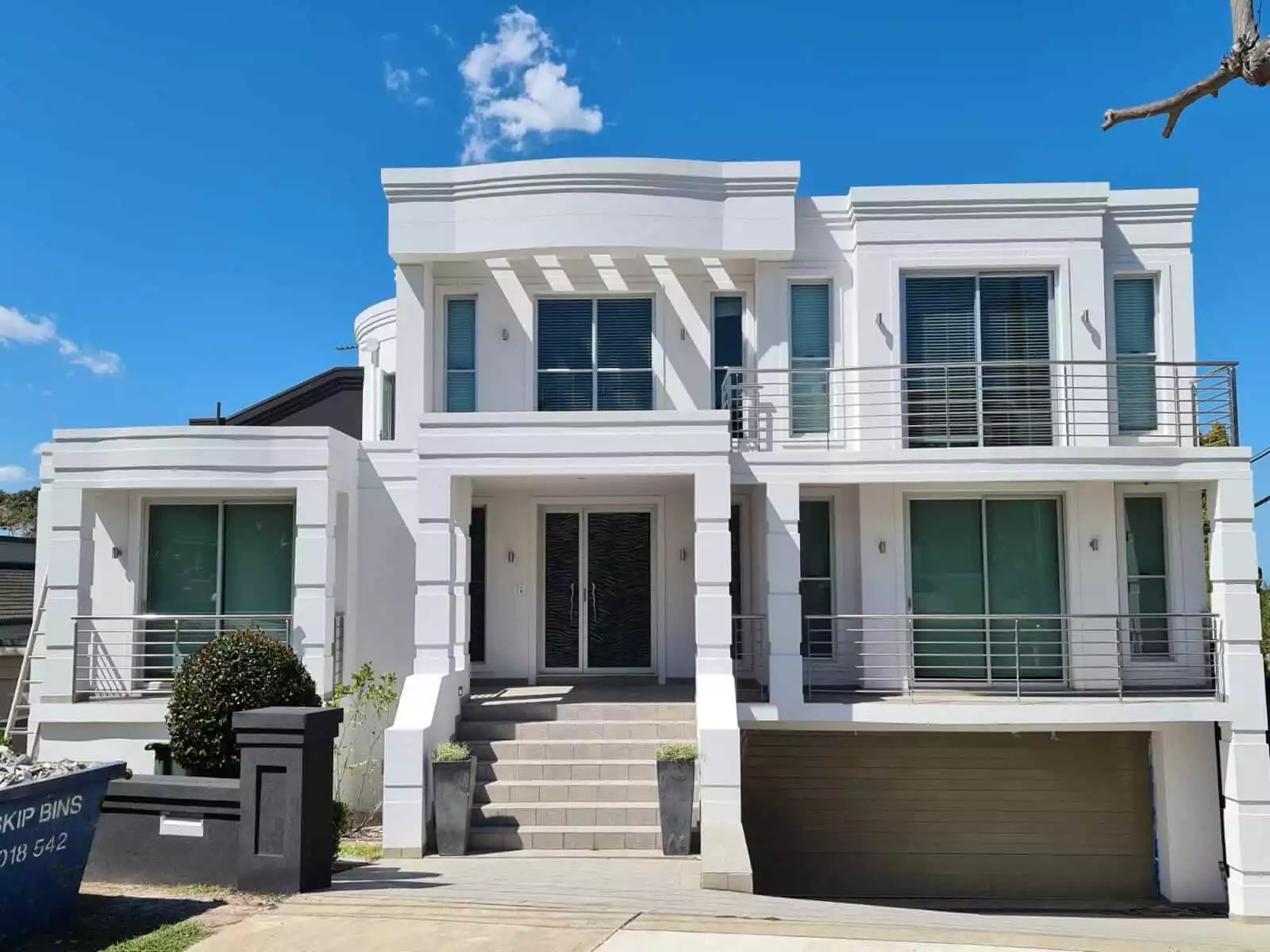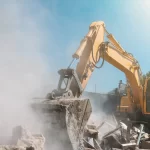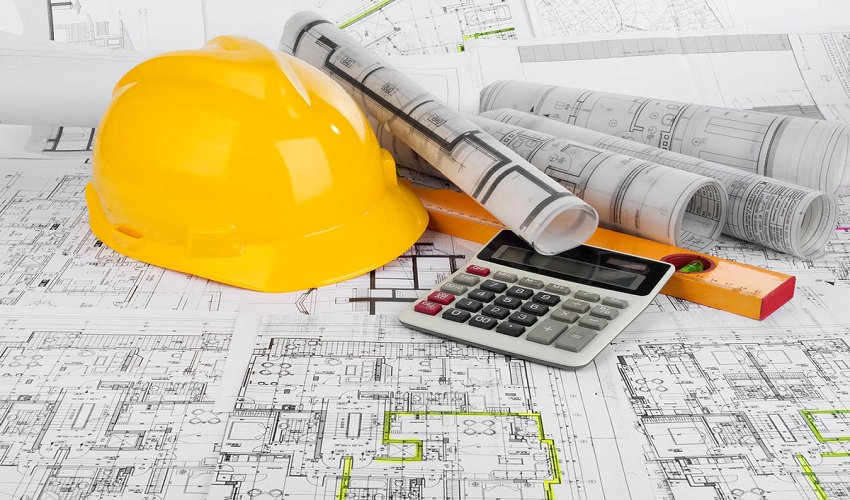Sloping block homes are a rising trend that is gaining popularity for its versatility and versatility. From their versatility, the home design is often used to create an aesthetically pleasing yet functional design. For example, sloping block homes are often built on land with minimal level of elevation. This means that there is not much difference between the flooring in the basement and the flooring in the master bedroom.
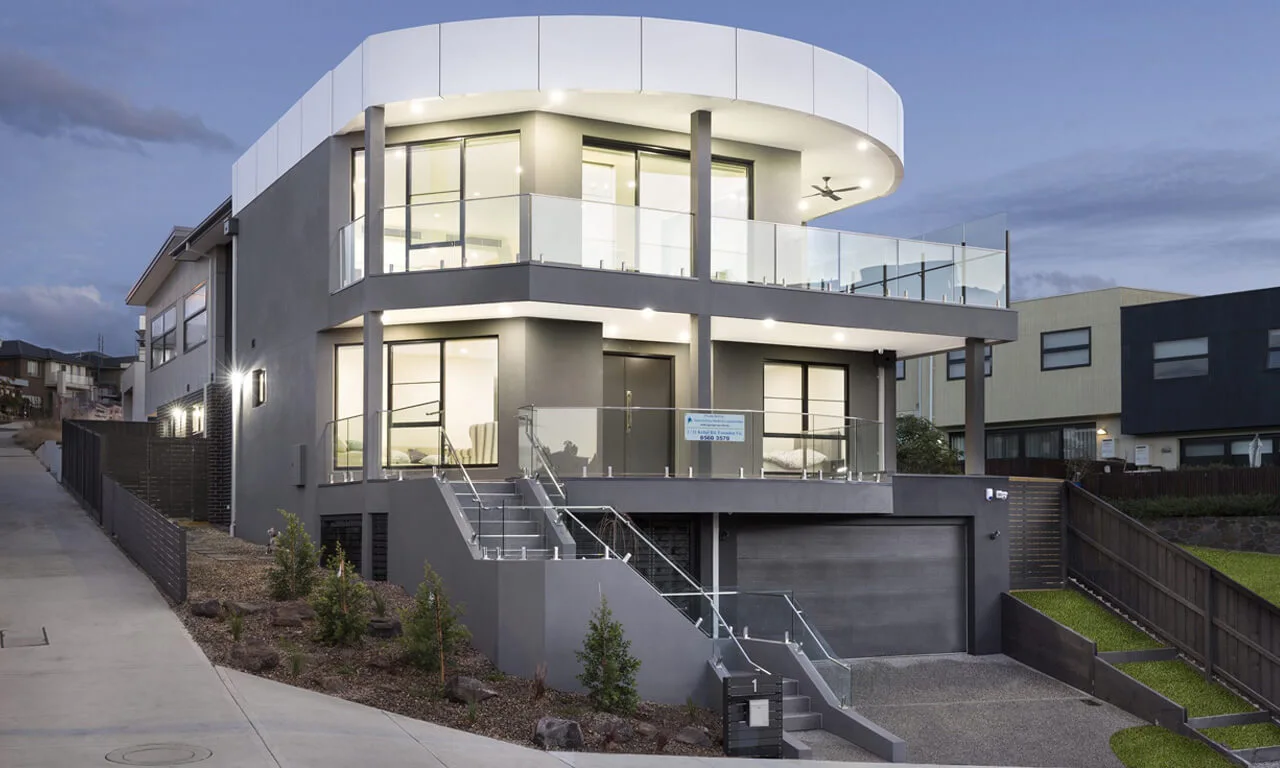
With the recent rise in popularity for these types of homes, it’s important to understand how they work and what benefits you can expect from them. It’s easy to get caught up in the excitement of building your own dream home without putting in the necessary research first. If you are planning to build a sloping block home, you need to be aware of the following things:
- The Slope
The slope of your home is an important factor that you need to consider when designing your home. The reason behind this is simple – what happens if you want to extend the length of your house? Your roof will begin to sag and it will eventually collapse completely if you don’t provide a proper foundation to support it.
- The Foundation
The foundation plays a crucial role in providing stability and durability to your sloping block home. It needs to be able to withstand any impact or earthquake that may happen throughout its lifespan.
- Maintenance
If you want your home design to remain intact for generations as well as keep it free from maintenance cost, you will have to choose a set of materials that can stand up against the weather vagaries. It is also crucial that you hire a professional sloping block builder or a split level home builder Melbourne.
Sloping block homes are built using two-story buildings constructed at an angle. The upper level of the building is built closer to the ground while the lower level is still at normal height. Sloping blocks are created by working with layers of wood beams that are mounted on top of each other to create an angled beam structure. These layers are connected with different sized beams to create a wall that resembles a sloping block piece.

My name is Gwen Elmore. I post about home improvement ideas and how to make your home look beautiful and liveable. I hope my posts will help you with your DIY projects!

